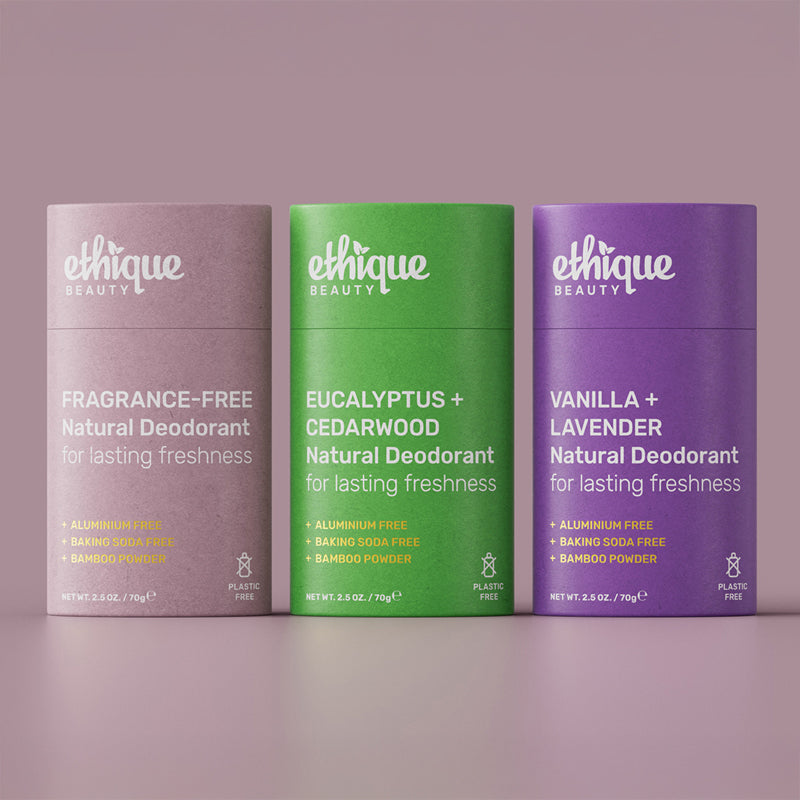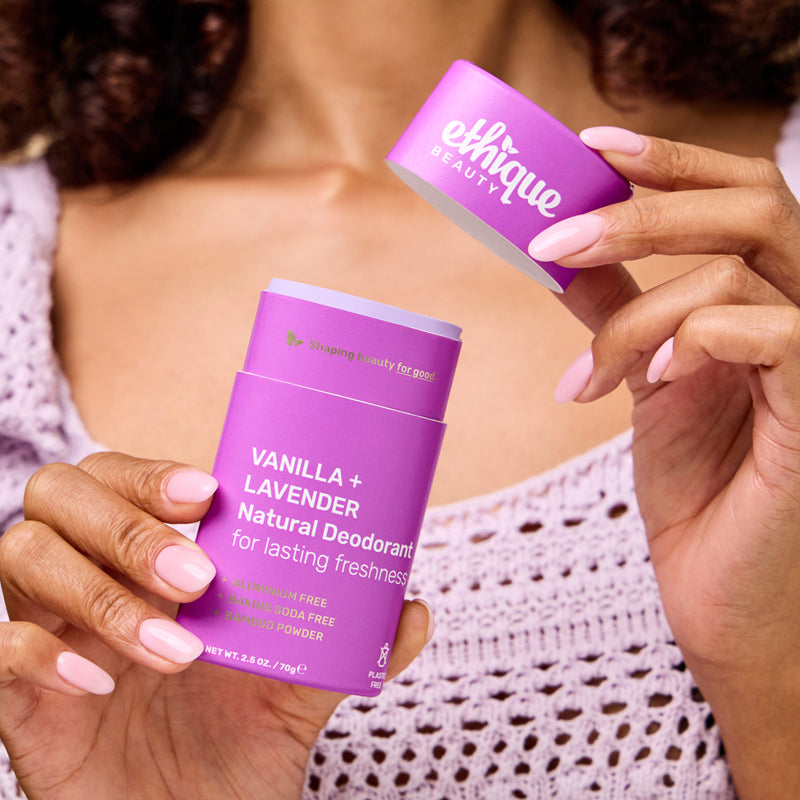While wandering around our website, you might find references to ‘normal’ skin and hair. “This product suits normal-dry skin.” “Aimed for those of you with normal skin types.”
Whilst we have tried to find and replace the word ‘normal’ with balanced, you may still find it around – and it’s still out there on product packaging as we don’t want to create unnecessary waste by destroying thousands of boxes.
So, in the meantime, as we phase this wording out, I want to explain what we mean by saying this. “Normal” is the industry-wide used term for skin that produces the correct amount of oil, to protect skin and scalp, without causing slick skin or hair that needs washing daily (or more frequently). The scientific term is eudermic, but it’s hard to use that in our communications as most people have never come across it before.
It does not refer to skin shade or level of pigmentation. It does not refer to hair structure, coarseness, porosity, shape or color.

“Normal” skin & hair typically don’t need any special treatments, the skin has a smooth texture and doesn’t tend to be sensitive. Hair usually goes between 3-5 days between washes happily enough without looking greasy at the scalp.
Skin type is typically genetic, but it is affected by seasons, hormones, and other external factors.
To run through the other skin types:
What is oily skin?
Oily skin, unsurprisingly, produces more sebum than necessary. Your skin looks shiny quite quickly after washing in particular on the nose and forehead. Often hormonal as well as genetic, the added bonus with this skin type is fewer wrinkles! The way to help with excess oil production is to ensure you are still hydrating (adding water to) your skin, so you don’t have dehydration problems. A gentle cleanser, followed by a water-based gel toner with humectants like glycerine (used on damp skin), followed by a moisturizer designed for oily skin (typically lower in oils). And don’t forget sunscreen!
 |
For you, give PURIFYING Solid Face Cleanser a whirl, follow it up with a water-based serum (or just splash water on your face). Our Quench moisturizer is designed for oily to balanced skin types. Niacinamide has evidence proving it moderates oil production, so look out for that in your products. |
What is dry skin?
Dry, by contrast, doesn’t produce enough sebum (separate to dehydrated skin – see below). As sebum maintains your acid mantle, your skin can also become itchy, sore and red and over time can become dehydrated too through trans-epidermal water loss (TEWL). So, the key is to ensure enough hydration (water) stays in the skin and that enough oil is added back to compensate.
 |
|
What is combination skin?
Very common and slightly trickier, combination skin is a mix of oily and dry skin, on different sections of the face. Treat accordingly as above.
Conditions:
Sensitive: To be clear, sensitive skin isn’t a type – it’s a ‘condition.’ You can have oily sensitive, dry sensitive and occasionally, ‘normal’ sensitive. Sensitive skin is often red, flaky, irritated and overreactive to skin ingredients (the one you are warned to watch out for is fragrance, but it’s certainly much wider than that). Interestingly, natural skincare tends to be worse for those with sensitive skin as they contain a high load of allergens, so patch test. Try avoiding huge changes in your routine and keep things simple, until you know what works for you.
Dehydrated: Another condition, dehydrated skin lacks moisture – not oil. The important thing to realize of course is that the only thing that moisturizes or hydrates skin is water. Butters, oils, and waxes are used to ‘seal’ it in and prevent trans-epidermal water loss. Many people out there think their skin is dry (doesn’t produce enough oil), when it is in fact dehydrated. So adding more oil based products is unhelpful. How do you know if it’s dehydrated? Skin often feels dry, tight and itchy and it can look dull with a rough texture. To top it off, blemishes are often present too as people overcompensate with oil, which isn’t what is needed.
Dehydrated skin needs water. So, check to ensure if you yourself are drinking enough water. Then, add some hydrating products into your routine. A good toning gel shouldn’t dry you out (avoid ones containing alcohol listed as ethanol, or alcohol denat), but should add in hydration before moisturizing. Use hyaluronic acid serums but you must use them on damp skin and pop a moisturizer over the top. And the best ingredient (in my opinion) for dehydrated skin is glycerine. Another humectant like hyaluronic acid, but without the marketing factor, glycerine brings water to itself, so again, use products with lots of glycerine in them on damp skin.


 Impact
Impact Blog
Blog Store Locator
Store Locator

